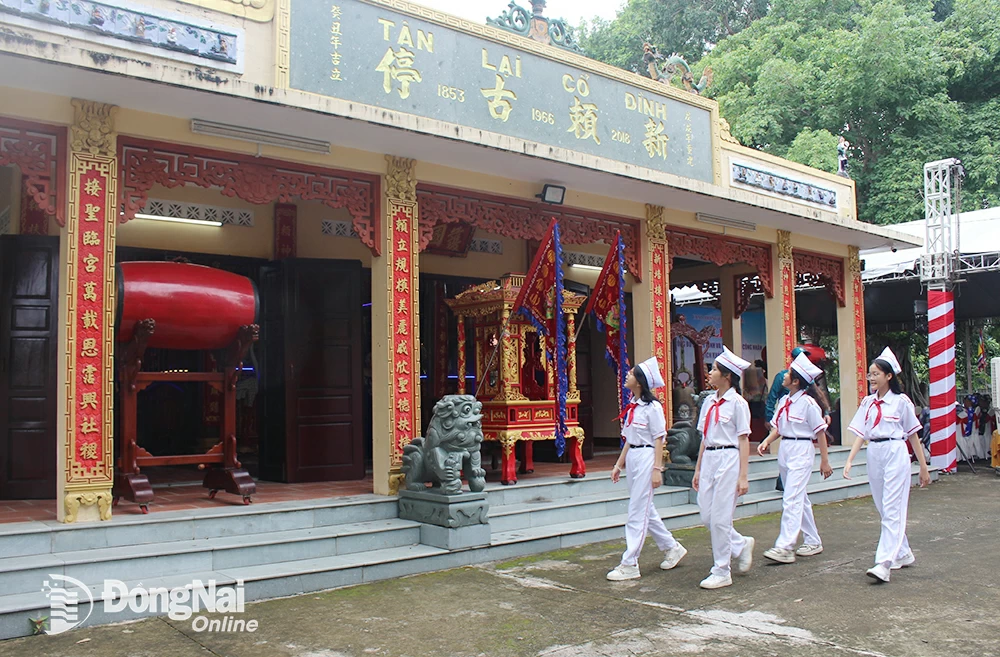 |
| Tan Lai archaeological site, Tran Bien ward, attracts students to visit. |
From excavation activities, ranking archaeological relics to collecting data to create GIS maps of archaeological sites... have been contributing to preserving and promoting heritage values, connecting the community with the origin of national culture.
Organized many archaeological excavations
In recent years, the Dong Nai cultural sector has presided over and coordinated with relevant units to organize archaeological excavations at a number of valuable relic sites. These include archaeological excavations at Tho Son Commune Site; Tan Hung 3 Circular Earthen Citadel Site, Tan Hung Commune; Cau Sat Archaeological Site, Binh Loc Ward; Suoi Chon Archaeological Site, Bao Vinh Ward; Long Hung Archaeological Site, Long Hung Ward; Tan Lai Archaeological Site, Tran Bien Ward, etc.
In 2025, Dong Nai plans to conduct archaeological excavations at Ong Chon Temple Relics, Phu Ly Commune. This excavation site was discovered in 1987 with a cluster of relics consisting of 2 groups of mounds about 1.5-3m high, located about 200m apart in the East-West direction. The relic cluster in the East (Ong Chon Temple Relics 1) consists of 3 small mounds located next to each other and the mound in the West (Ong Chon Temple Relics 2) is located on the top of a hill 100m high, about 200m away from the Eastern cluster. The planned excavation site is Ong Chon Temple 2. Through surveys, scientists and archaeologists have determined that the relic belongs to the architectural type, estimated to be around the 7th-8th century, belonging to the Oc Eo - post-Oc Eo cultural tradition, distributed along the Dong Nai river basin.
In addition to Ong Chon Temple, the cultural sector has surveyed the Da My Relic (Cat Tien National Park). The relic is located on the top of a rocky hill, discovered in 2022 and surveyed in 2023 and 2024. The initial records of this relic are an important scientific basis for relevant sectors and units to have plans for protection and further research.
Not only excavation, the cultural sector also focuses on the activities of classifying archaeological relics. Many archaeological relics have been recognized as provincial relics, paving the way for the preservation, restoration and promotion of long-term value. In addition, the sector also promotes the work of collecting data to create GIS maps of archaeological sites in wards and communes in the province. GIS mapping not only stores information on archaeological relics in the form of digital databases, but also helps managers collect and manage information effectively and accurately.
Director of the Department of Culture, Sports and Tourism Le Thi Ngoc Loan said that after the merger, provinces and cities will continue to review and reclassify relics according to value and level, and develop regulations for effective coordination and management.
Awakening pride in one's roots
Archaeology is no longer a dry field, reserved for researchers. With a modern, friendly approach, the relics and artifacts collected after each archaeological excavation are gradually becoming a bridge between the past and the present. Many schools in the province have organized field trips for students, exchanges with archaeologists, helping them understand and be more proud of the cultural and historical origins of the nation.
Having the opportunity to visit and learn about history at Tan Lai Archaeological Site located in Tan Lai Communal House, Tran Bien Ward, Nguyen Minh Thao, a student at Tan Buu Secondary School, shared: “After the field trip and listening to stories, I found it very interesting and felt the depth of history. I hope that more young people will have the same experience as me to further appreciate and preserve the local cultural heritage.”
Deputy Head of the Long Hung Communal House's Board of Trustees, Long Hung Ward, Chau Ngoc Tho, said that in 2024, the Long Hung Archaeological Site was ranked as a provincial-level relic by the Provincial People's Committee. Since then, the Communal House's Board of Trustees has closely coordinated with the locality and schools in the area to welcome groups of students to visit and learn about the history of the communal house, the process of discovering the archaeological site and the artifacts found.
With close coordination between sectors, localities and communities, the journey of "awakening" archaeological heritage in Dong Nai not only stops at preserving and promoting values, but also continues to open up opportunities for sustainable development.
Ly Na
Source: https://baodongnai.com.vn/van-hoa/202507/danh-thuc-di-san-khao-co-hoc-dong-nai-2af160f/








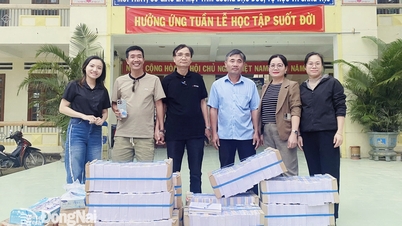
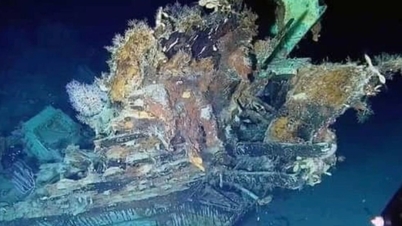



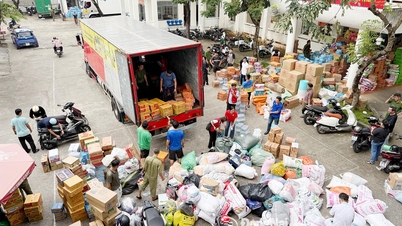
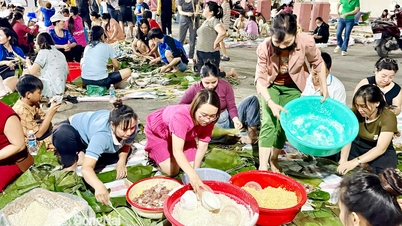


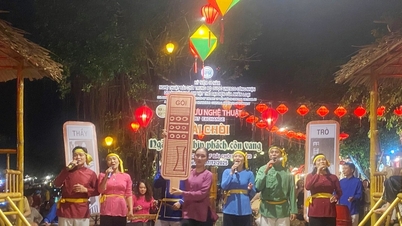







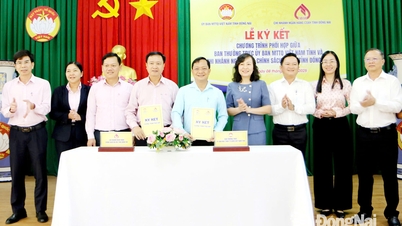
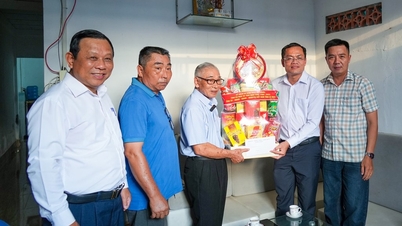





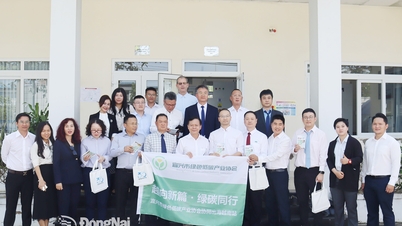
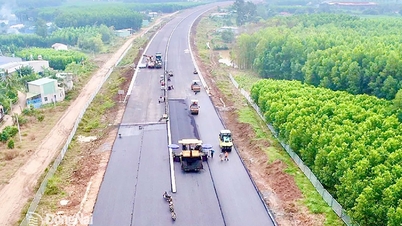
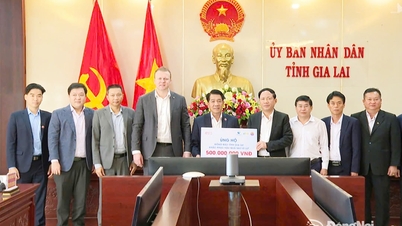


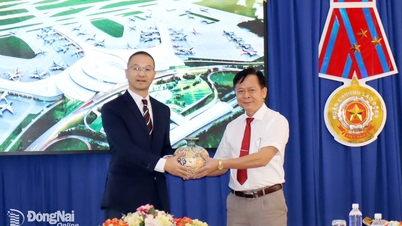

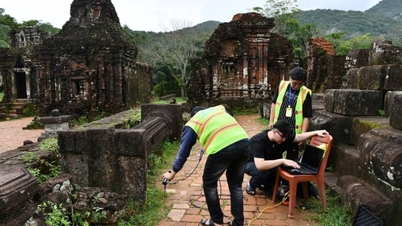

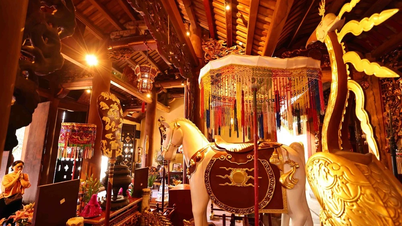


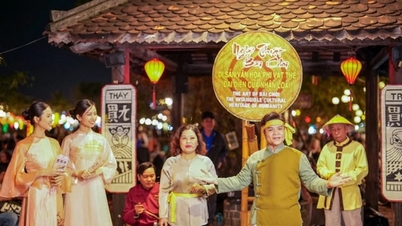
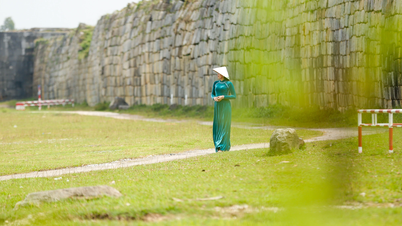


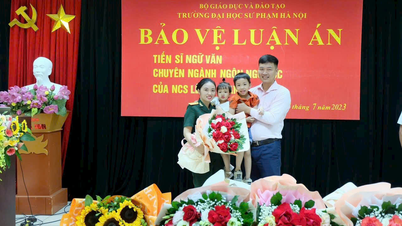

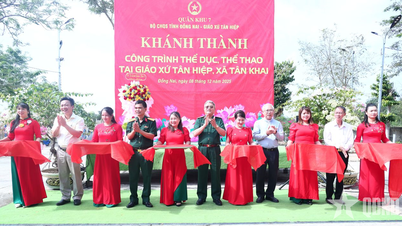
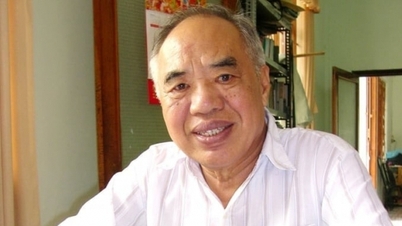

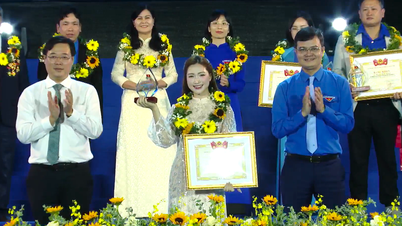

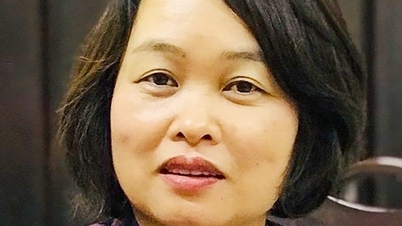

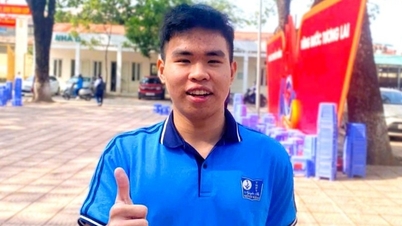




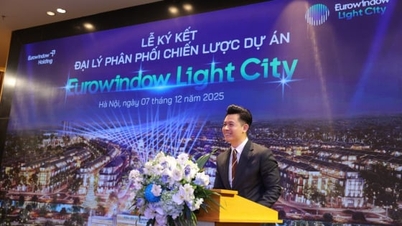



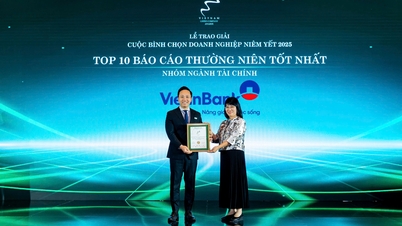













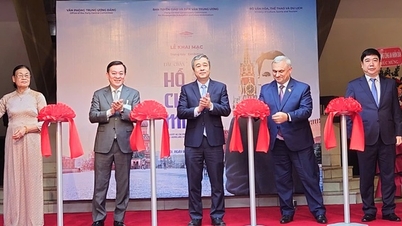

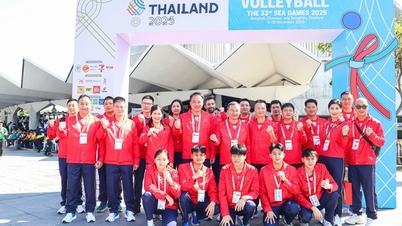
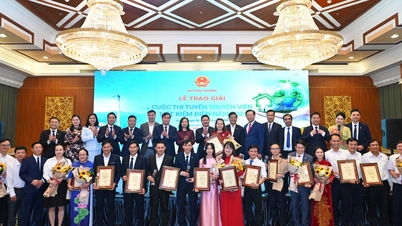




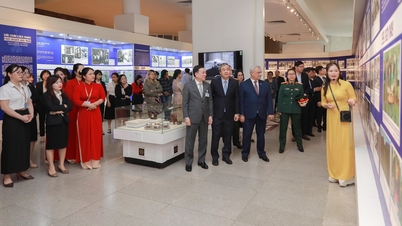

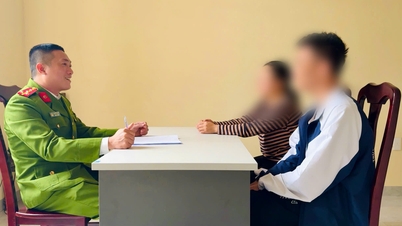

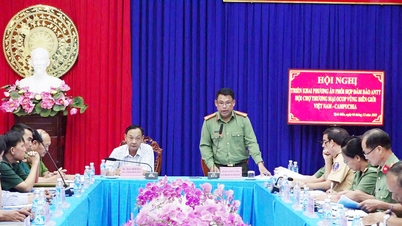

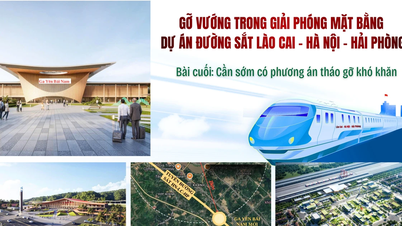
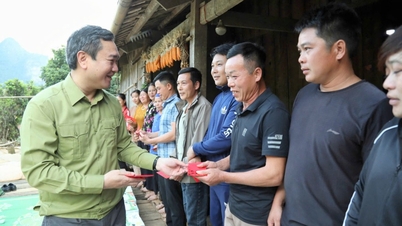

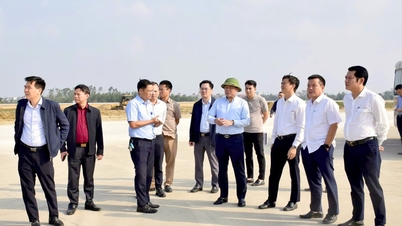


















Comment (0)